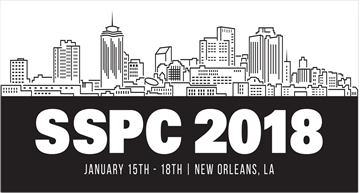This study is a result of analyzing the data and statistics from the Brooklyn Bridge project collected during lead paint removal operation. The $508 million Brooklyn Bridge Contract 6, which is still ongoing, commenced in 2010 as a part of New York City Department of Transportation’s (NYCDOT) $2.6 billion East River Bridges Capital Program.
Product Number:
41214-831-SG
Author:
Guerman Vainblat, Timur Kolchinskiy
Publication Date:
2014
Member Price:
$0.00
Non Member Price:
$20.00
Price:
$20.00
This study is a result of analyzing the data and statistics from the Brooklyn Bridge project collected during lead paint removal operation. The $508 million Brooklyn Bridge Contract 6, which is still ongoing, commenced in 2010 as a part of New York City Department of Transportation’s (NYCDOT) $2.6 billion East River Bridges Capital Program. The estimated cost of the painting component in Contract #6 is over $200 million. More than 4,000,000 SF of surface area are being coated by multiple contractors with five individual paint systems, using in excess of 100,000 gallons of paint. Big containments. Small containments. Wide containments. Narrow containments. What’s the difference, and why should this concern us? Our previous paper, “The Brooklyn Bridge: Repainting the Most Iconic Structure in the World,” gave a brief overview of the rehabilitation work being performed on a monumental testament of post-Civil War ingenuity. This paper delved deep into the technical aspects of the project to showcase one of the most important considerations when it comes to recoating any sizeable structure. This consideration is as significant as selecting the right contractor, the right engineer, or the right coating system; it has a great effect on proper cleaning, proper coating application, and proper inspection; and it certainly improves community relations and optimizes project management. In this paper an attempt was made to answer the question: what is the optimal size of an abrasive blast containment unit? It is obvious that every structure of significant size, such as the Brooklyn Bridge, is unique and has its own shape, configuration, and even “personality.” However, most structures can be contained in somewhat typical containment units. In this paper, the real data collected during the last three years of the Brooklyn Bridge rehabilitation project was compiled and analyzed with one simple goal: to come up with recommendations, and possibly a “magic formula,” for managing the size of blast containments and the workforce in order to achieve optimal results, with higher production rates, while delivering a high-quality product to the owner.




